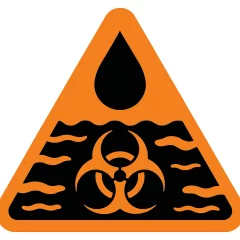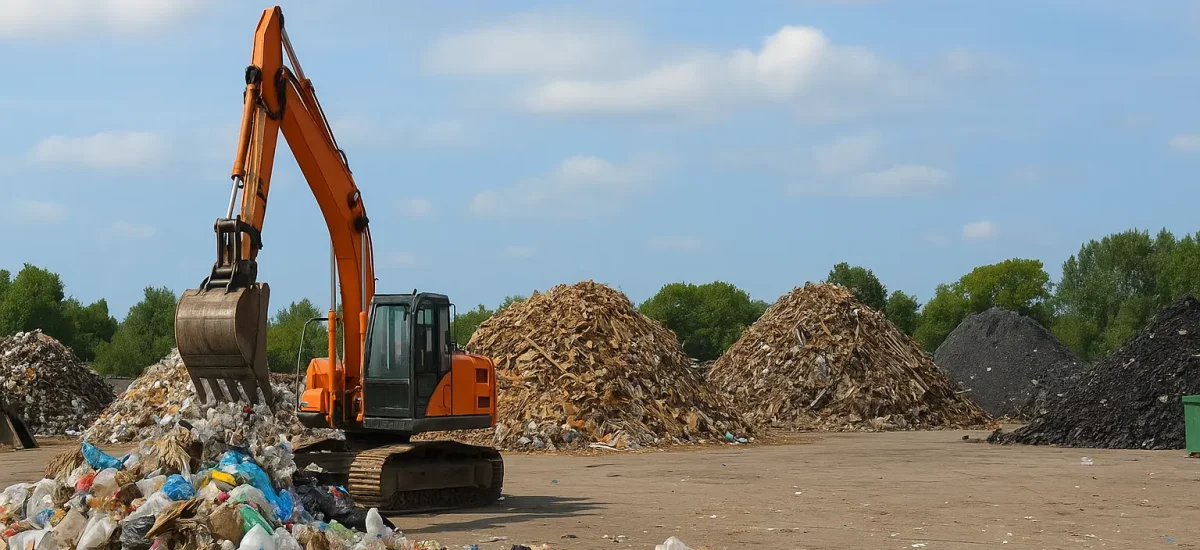I’m Kayla, and I’ve stood next to these pits. I’ve smelled that sharp, oily water. I’ve watched kids play down the hill and felt my stomach twist. So this isn’t theory for me. It’s Tuesday.
Wait—what is it, really?
A coal slurry impoundment is a big pond. It holds the leftover mix from washing coal. Think water, fine coal bits, and gray-black silt. It sits behind a dam, often up a hollow. It can look calm. But it’s not simple. If you want another eyewitness breakdown of these ponds, see this first-hand take on coal slurry impoundments.
Where I saw it up close
- In southern West Virginia, I visited a site just above a small school. The dam rose like a dark wall. The company rep smiled a lot. I kept looking at the bus line below and thinking, what if?
- In Martin County, Kentucky, I walked a creek years after the 2000 spill. A local showed me black stains on rocks. We poked a pool with a stick. The sheen spread like a rainbow that didn’t feel pretty.
- Near Whitesburg, Kentucky, I toured a newer plant. They ran presses to squeeze water from the slurry. The water they sent back looked clearer. The pond was smaller. Still huge, though.
For a different on-the-ground view, read an honest take from someone who’s walked the berms of a coal slurry pond.
My granddad kept a yellowed clipping about Buffalo Creek, 1972. That dam failed. People died. He’d tap that paper and say, “Water moves where it wants.” He wasn’t wrong.
What works (when it works)
- Jobs stay in town. Folks I met paid bills, bought ball gear for their kids, and said thanks for steady work.
- Water gets reused. The plant pulls from the pond, cleans it some, and sends it back through the wash line.
- Good sites watch the dam. I saw small gauges on the slope. Staff checked levels and logged it. Routine matters.
What goes wrong (and I’ve seen it)
- Seepage. You spot a wet streak on the dam face. It smells a bit slick. Not good.
- Dust on dry, hot days. It coats trucks, porches, and your throat. You taste it.
- Fear. A storm rolls in, phones buzz, and folks eye the ridge. You pack meds and dog food. You wait.
- Fish kills and muddy wells. After big spills, streams turn black. People haul water. It’s not a quick fix.
A recent preliminary toxicological analysis by the U.S. Geological Survey examined how coal-slurry impoundment water can affect human liver cells—proof that the threat reaches far beyond stained creek beds.
Stories like the well-known Martin County disaster keep circulating—here’s a detailed first-hand review of a coal slurry spill that lays it out.
Here’s the thing: these ponds look still, like a lake. But they’re heavy. That weight presses the dam every second of every day.
Safety talk, plain and simple
I’m not a doomer. I’m also not blind. Some places do it better. Thicker paste helps. Stronger liners help. Real drills help. The best site I saw had:
- A clear EAP (that’s the emergency plan). Paper copies at the fire house.
- Sirens tested on a schedule, not “sometime.”
- A smaller pond because they used filter presses first.
If you want chapter-and-verse straight from the regulators, the Mine Safety and Health Administration’s safety topic page on impoundments and dams spells out the design, inspection, and emergency-planning rules mine operators are supposed to follow.
Even then, zero risk? No. Not with water plus gravity.
How it felt to live near one
I stayed two weeks in a rental below a dam. I slept, but light. Rain on the roof made me sit up. I kept keys and a headlamp by the door. I made a go bag. I didn’t tell my mom; she worries. I also met the plant cook, who packed me a fried bologna sandwich and said, “Honey, it’s fine.” I wanted to believe her. Some days I did.
On those jittery nights when the rain kept me pacing, I thought about taking a melatonin gummy to knock myself out, but I worried about what it might do to my hormones; reading this deep dive on melatonin and testosterone broke down the real science in plain language and helped me weigh the pros and cons before popping a pill.
Across the Atlantic, residents have voiced the same dread; read this first-person take on a coal slurry mess in Wales for a sobering parallel.
If you live near a slurry pond
- Ask for the dam’s hazard class and the EAP. Keep a copy in a drawer.
- Learn the high ground route. Drive it once in daylight.
- Test your well once a year. Keep the printout.
- Take photos after big storms. Dates help.
- Sign up for text alerts. If sirens fail, your phone may not.
For more detailed guidance and community resources, check out the nonprofit toolkit at SludgeSafety.org.
Meanwhile, if you’re in Menifee County and need a quick, no-frills spot to swap gear or post a heads-up about rising water, jump over to DoubleList Menifee—you’ll find free local classifieds that make it easy to connect with neighbors for ride-shares, spare sump pumps, or simple check-ins when the weather turns nasty.
It’s basic, but basic works.
A quick compare: old school vs. newer moves
- Old school: Big pond, thin slurry, high wall. Cheaper now. Risk lives long.
- Newer moves: Press the slurry first. Smaller pond, more gear, pricier. Fewer bad nights.
I wish every site used the newer setup. Some do. Not enough.
The good, the bad, and my score
The good:
- Keeps plants running.
- Recycles water.
- Can be watched with care.
The bad:
- One failure can hurt a whole valley.
- Long tail of damage—creeks, wells, trust.
- Stress you can’t measure with a gauge.
My scores:
- As a neighbor: 2 out of 5. I could live there, but I’d never relax.
- As a waste tool for a plant that has no better path yet: 3.5 out of 5, but only with strong checks, smaller ponds, and real drills.
Final say
Do coal slurry impoundments “work”? Sure, on a good day. But good days stack until one bad day erases them. The lessons echo what I saw when I toured Tennessee’s ash catastrophe—check out this straight-talk review of the Kingston coal ash spill site for more context. You know what? I’d rather see smaller ponds, more pressing, and tighter rules, so moms don’t lose sleep and kids don’t practice flood runs.
I’ve stood on those dams. I’ve watched that black water ripple in the wind. It looks calm. It isn’t.

